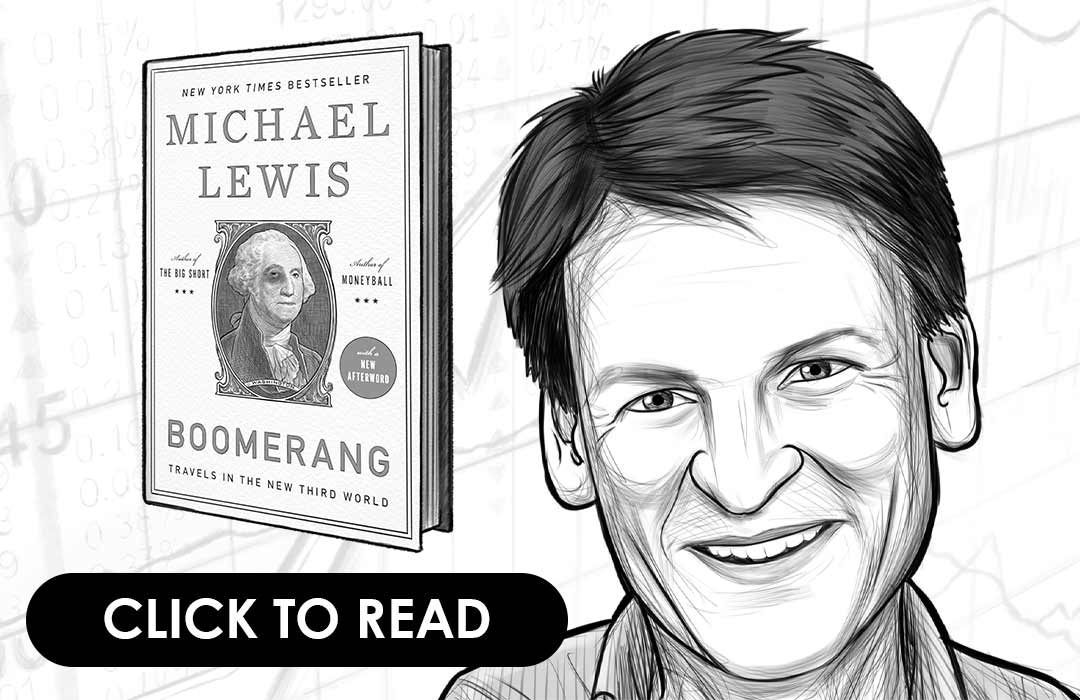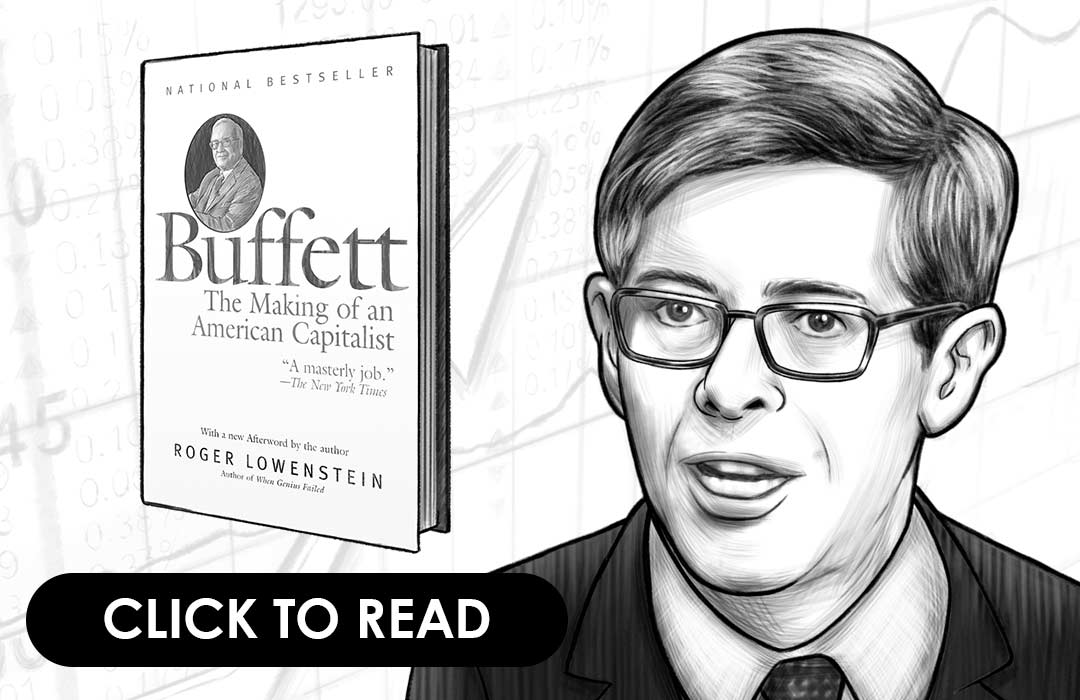An Executive Summary Of Good To Great
Why Some Companies Make The Leap And Others Don’t By Jim Collins
WHO IS JIM COLLINS?
James Collins is a very influential American management consultant who has coauthored six books. After studying Mathematics at Stanford University, he graduated with an MBA and went on to work at Hewlett Packard. Jim developed an interest to understand what made great companies tick, and began his teaching career at Stanford. He served at CNN International, and also devoted his time to several other companies. Read more to know what it takes for companies to achieve a transformation in this book: Good to Great: Why Some Companies Make the Leap and Others Don’t.
GENERAL THOUGHTS ON GOOD TO GREAT
Prior to reading this book I wasn’t too excited to begin reading. While it had been endorsed by billionaires and several listeners in the audience I was skeptical because several of the real case studies used, had companies that ended in bankruptcy. After reading “Good to Great” I’m completely convinced about the validity of his business theses. I probably haven’t read any business books that were better documented than this one, and the principals outlined are timeless.
A good company that applies these principles becomes great, whereas the companies that were great, might slip as they slowly turn away from these fundamentals.
Understand the financial markets
in just a few minutes.
Get the daily email that makes understanding the financial markets
easy and enjoyable, for free.
CHAPTER 1: GOOD IS THE ENEMY OF GREAT
Jim Collins and other members of his research crew had worked on a project that showed why some companies were outstanding, but the companies featured in the project were led by leaders who shaped the path of the company to achieve heights. These businesses were destined for great things because their leaders chased success with dogged determination. However, what about companies who were just good, but not great? This led Collins and the team to explore the reasons as to why some companies, even when good in the beginning, become great ultimately.
Driven by curiosity, Collins and team selected companies that had produced remarkable results in the past fifteen years. For instance, Walgreens, an average company for over forty years, had suddenly started to climb and had beaten companies like Intel, General Electric, and even NASDAQ! So, what made these companies take off like that? Collins analyzed the data of companies including Abbott, Circuit City, Walgreens, Kroger and much more that had given other corporations a run for their money.
The strategies, leadership, technology and other details of the companies were examined. Additionally, the team interviewed several people who held high positions in some of the companies, which made it to the list. Quite a few factors including the compensation of the CEO, mergers, technology, and management initiatives separated the good companies from the great, but three factors – disciplined action, disciplined people, and disciplined thought – were most significant in determining an organization’s capability to truly achieve heights.
CHAPTER 2: LEVEL 5 LEADERSHIP
During 1971, Darwin Smith became the CEO of Kimberly Clark – a company that was at least 36 percent below the market rate for over twenty years. Smith, a mild‐mannered man, was the in-house lawyer, and people subtly reminded him that he wasn’t even qualified to serve as the CEO, but he remained in his position and stunned everyone when the company that was struggling in the past was now racing ahead of everyone else.
Sure, Smith seemed meek, but his style of handling the company was – in his words – eccentric. Not many books mention him, and many people don’t even know him, but he successfully ensured that Kimberly Clark cumulated returns at least 4.1 times the market and surpassed other goliaths like General Electric, Hewlett Packard, 3M, and Coca-Cola. What was Smith’s secret? How did he manage to turn his company from good to great?
Smith was a classic example of displaying Level 5 Leadership in a company. Collins asserts that a Level 5 leader is someone who blends professional will with personal humility. What was remarkable was that all the companies that had achieved greatness had a CEO like Smith. They weren’t famous – in fact, they preferred to be left alone – but they pushed all their reserves into their companies and displayed a resolve that was unmatched to anyone else.
When the top-level executives of a company display steely determination like Smith, it makes all the difference between mere supervision and strategic decision‐making. The CEOs of the companies in the ‘great’ category never let their personal egos rule their decisions. Furthermore, they were least interested in financial gains and put all their efforts into making the company a force to reckon with.
CHAPTER 3: FIRST WHO, THEN WHAT
One would think that companies with a great vision hire people and then direct them to go in a certain direction. However, this is not the case. In fact, the reverse is true because even the executives who hire Level 5 leaders often don’t know what they want to achieve. They just know that they need the right individuals to get in and the wrong people to simply get off. The right people are utmost important because they come before even the strategies, vision, structure and other plans are made.
When a firm hires the right people, various problems plaguing the company are bound to dissipate automatically. Even if it seems like it takes a lot of effort to get the best executives out there, it’s all worth it at the end. It’s also possible that you aren’t sure about the people you want to hire, so it’s best to keep looking in such scenarios. There’s no hurry – remember you need the best. Some companies follow a model where the leader enlists several ‘helpers’ to make his vision come true, but unfortunately, such models are doomed to fail since the company falls apart as soon as the leader quits.
Additionally, great leaders encourage people to speak up. They want voices to be heard because it’s the best way to ensure that they arrive at the right decision. Yes, it invites a lot of debate, but such teams will also stand united with each other behind all their decisions. At the end of the day, what makes these leaders outstanding are their character traits and ability to perform rather than their background or knowledge in any specific skill.
CHAPTER 4: CONFRONT THE BRUTAL FACTS (YET NEVER LOSE FAITH)
During the 1950s, A&P (General Atlantic and Pacific Tea Company) was one of the best and largest retail organizations in America. In contrast, Kroger, a grocery chain, was not only smaller than A&P, but the performance wasn’t noteworthy either. After a decade, though, things began to change, and while A&P faltered a bit, Kroger began its transition to becoming a great company. After about 25 years, Kroger generated returns that were at least ten times more than the market. What’s more, their returns were about 80 times higher than A&P! How did that happen?
Both Kroger and A&P were old companies with a good understanding of the market. Back then, Americans were frugal and content with cheap grocery items; however, pretty soon, they wanted more. They wanted fancy foods, different types of meat, milk, and almost everything that was modern and exotic. A&P didn’t change its model, but Kroger did. While A&P refused to face the truth, Kroger decided to change its course and adapt to reality, which was the fundamental difference between the two companies.
Companies that want to forge ahead successfully must be willing to identify and analyze several facts that could change the course of the company. Markets change constantly, and only the organizations that adapt swiftly will stand a chance. Ignoring the market will only push the company towards failure since it’s impossible to make coherent decisions without being honest about the problem in the first place.
CHAPTER 5: THE HEDGEHOG CONCEPT (SIMPLICITY WITHIN THE THREE CIRCLES)
When Isaiah Berlin wrote an essay about hedgehogs and foxes, he said that while some people were clever and cunning like the fox, others were simple but determined like the hedgehog. For instance, the fox tries to devise new ways to capture the hedgehog every day, but no matter how many times it attacks, the hedgehog only does one thing it knows best in defense – curls up like a ball of spikes – and wins every time. Similarly, a company should rely on the hedgehog concept to transform from an average or a good company to something spectacular.
The hedgehog concept dictates that a company should a) Determine what it can do best, b) Find out what drives the economic engine and c) Recognize what they are passionate about. Firstly, even if an organization identifies what it’s good at, it should equally determine what they cannot do. If the business can’t do well on one core concept, then it’s not possible to rely on the hedgehog concept. Also, to be the best at something, understanding one’s competence is essential. For instance, you may be good at one particular concept, but do you have the capability to be the best at it truly?
Secondly, to identify the factor driving your economic gain, you must recognize one single denominator among the profit, cash flow, etc. which has the most impact. Additionally, companies become better when their operations are based on understanding, as opposed to other companies that rely on bravado and false assumptions to make strategies.
CHAPTER 6: A CULTURE OF DISCIPLINE
It was obvious that the companies transitioning from the good to the great stage had many things in common, but the most important of them was their discipline. No, these weren’t companies filled with authoritative bosses, and in fact, the businesses also seemed boring to the outsiders, but what made them stand apart was their unrelenting discipline.
Bureaucratic cultures often suffocate the employees working in any organization. Something that seemed fun and creative at the beginning can suddenly seem drab and monotonous, which is bad news for a firm. This problem can be solved by employing the right people since you won’t have to rely on bureaucracy when you have the best minds in the business.
Companies with discipline embedded in their culture also enjoy duality. In other words, this means that while the employees adhere to the rules, they also have responsibility and freedom to voice their thoughts.
CHAPTER 7: TECHNOLOGY ACCELERATORS
In 1999, we witnessed a period where people were willing to invest millions of dollars in anything remotely connected to the internet. Many companies including Drugstore – a pharmaceutical company on the Internet – competed with other great companies, and although they soared high, they came crashing down some time later.
Today, it’s unimaginable to do anything without technology. Yes, it’s essential to rely on technology to reduce overhead costs, and increase efficiency, but it’s of paramount importance that a company approaches emerging technologies with deliberation. Just like they take their time to make decisions that have a great impact on the business, new technologies should be scrutinized too.
Great companies also use technology, but they do it within the limits of the hedgehog concept. This means that they will only focus on technologies they are comfortable with. They go ahead only when they are sure that they have the potential to be the best in the world with their new choice.
CHAPTER 8: THE FLYWHEEL AND THE DOOM LOOP
Companies didn’t become great suddenly because of one defining action. It was a collection of several efforts that yielded results, and this was yet another common factor among the great companies on Collins’ list. Whether it’s an advantage or a disadvantage, the decisions always accumulate little by little over time.
For instance, if you’re given the task of pushing a giant flywheel, you keep pushing it until the heavy weight of the flywheel works to your advantage. Similarly, great companies continue with persistence until they finally get desired results. Other companies also follow a pattern, but they unfortunately indulge in the doom loop where they skip important factors – pushing the flywheel turn by turn in this example – and try to get to the breakthrough immediately.
The comparison companies don’t exert themselves with hard work and don’t even believe in consistency. They don’t realize that the flywheel doesn’t gain momentum due to any particular push, but it’s rather a collection of pushes that finally delivers results. They try and fail miserably since they can’t stick to a consistent direction.
Understand the financial markets
in just a few minutes.
Get the daily email that makes understanding the financial markets
easy and enjoyable, for free.
CHAPTER 9: FROM GOOD TO GREAT TO BUILT TO LAST
When Collins and the team decided to conduct research for this book, they did so with the notion that the Built to Last project didn’t even exist. This was important to prevent them from going in circles to find the answers. Entrepreneurs can use the findings provided in this book to transition from a good to a great company while the Built to Last model can be used to further become a company that endures the test of time.
While it may seem that the conclusions shown in both the books are similar, Collins asserts that this book should be viewed as a prequel to his previous book. Good to Great is about building a good foundation for any company and Built to Last is about taking the next step once the foundation is solid.







